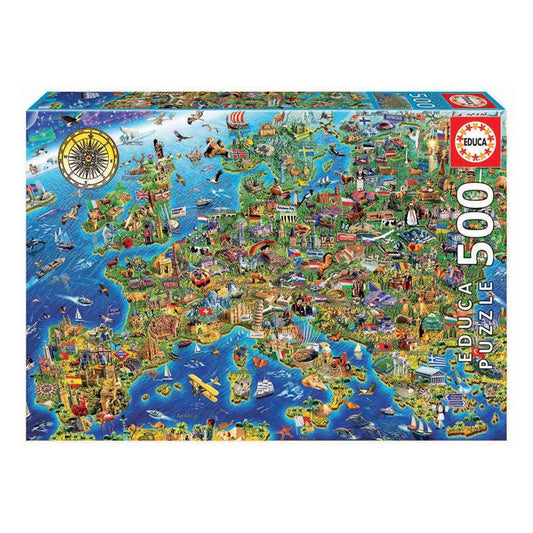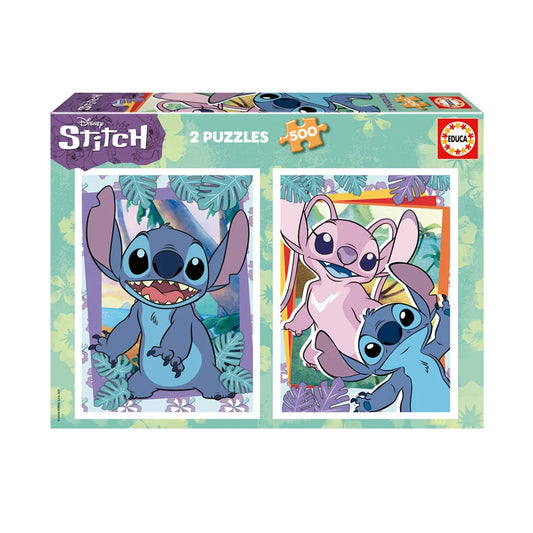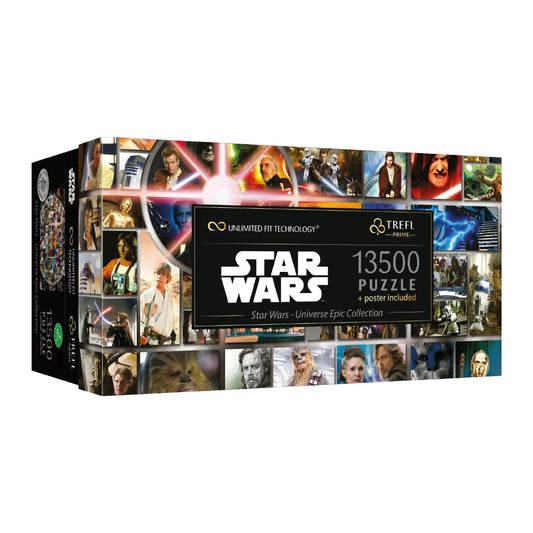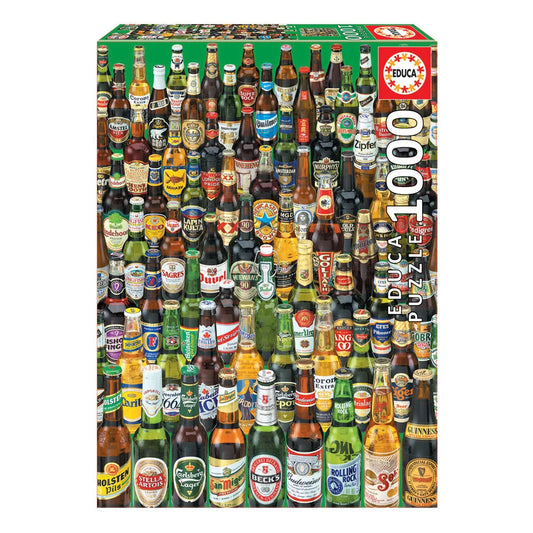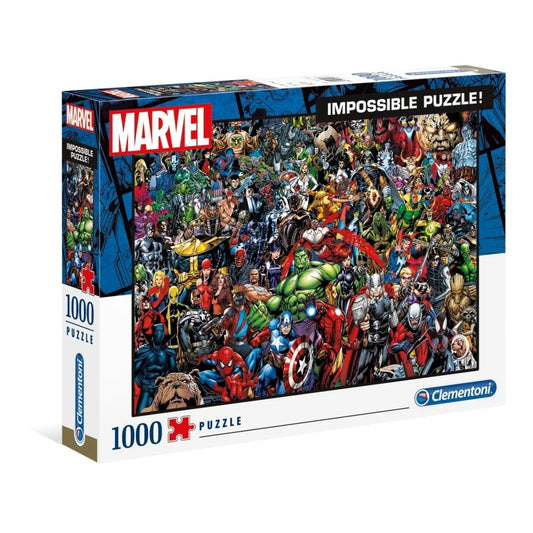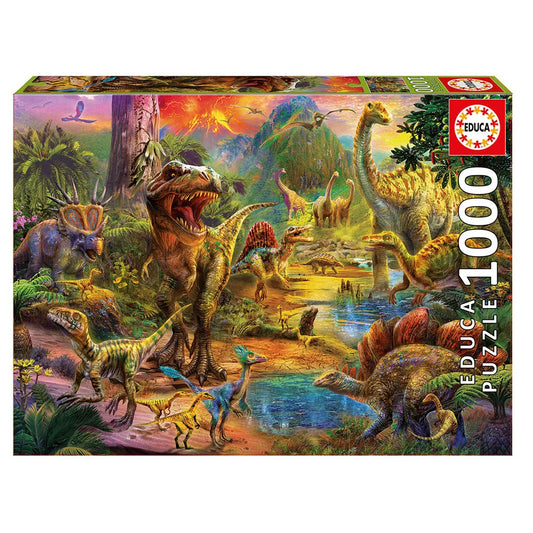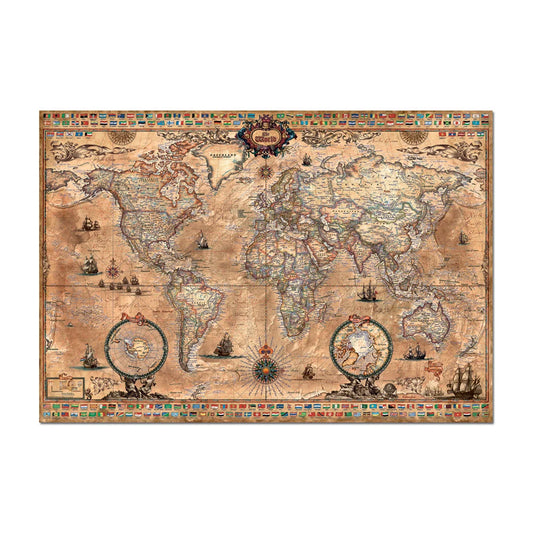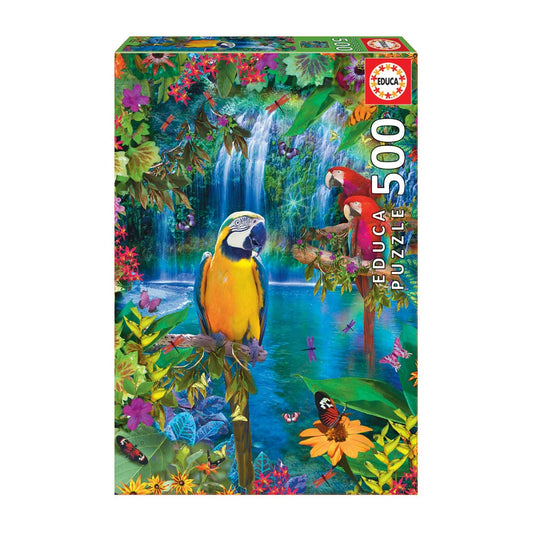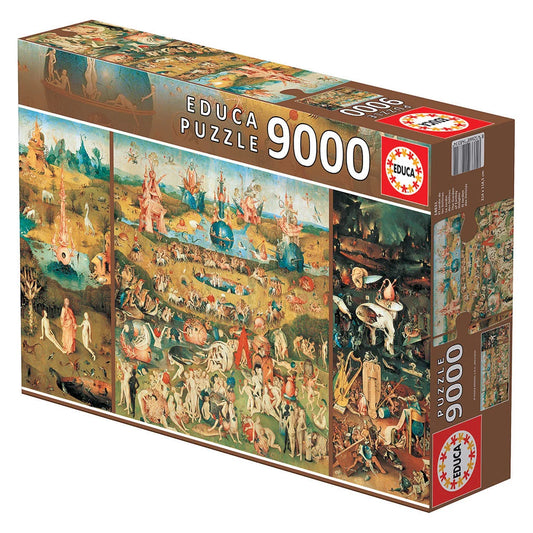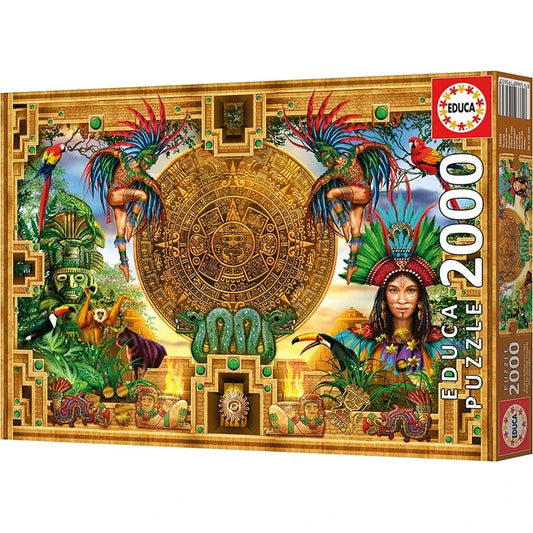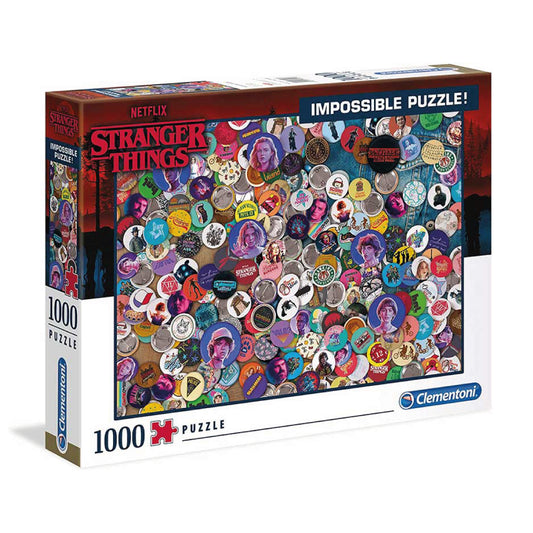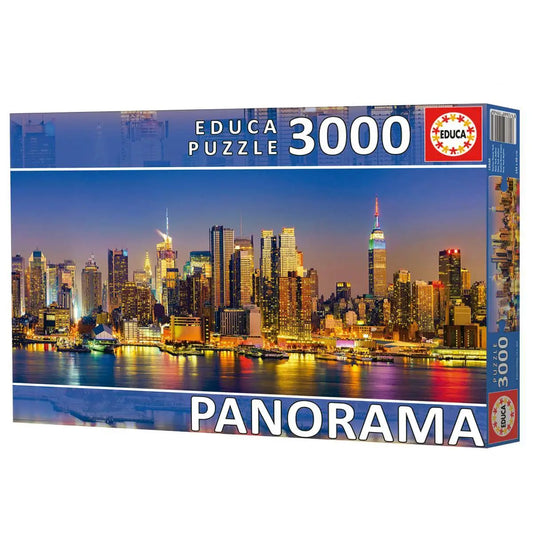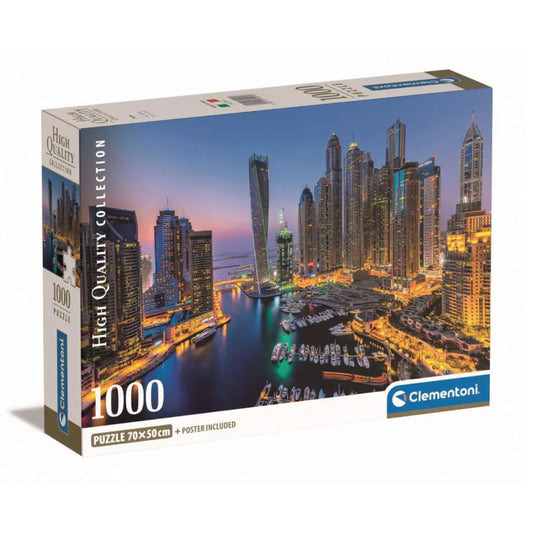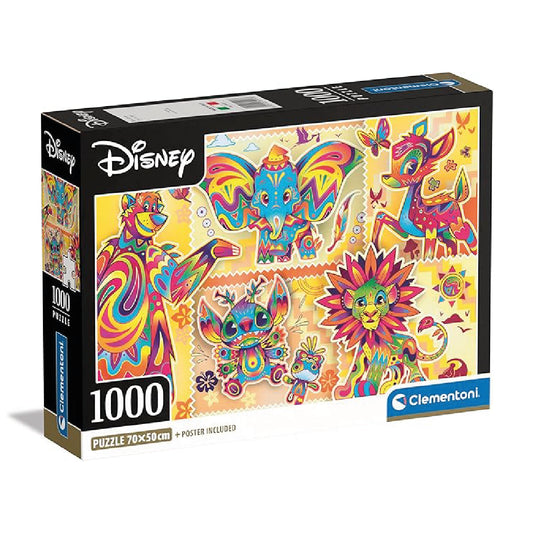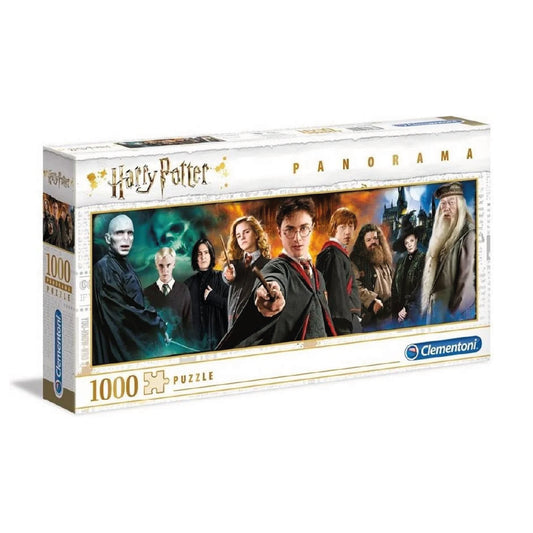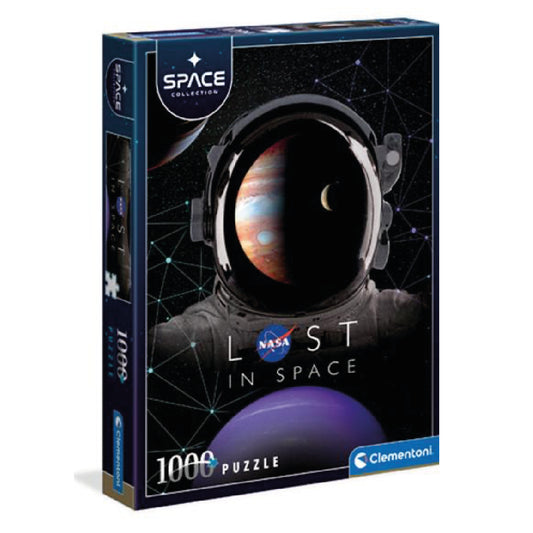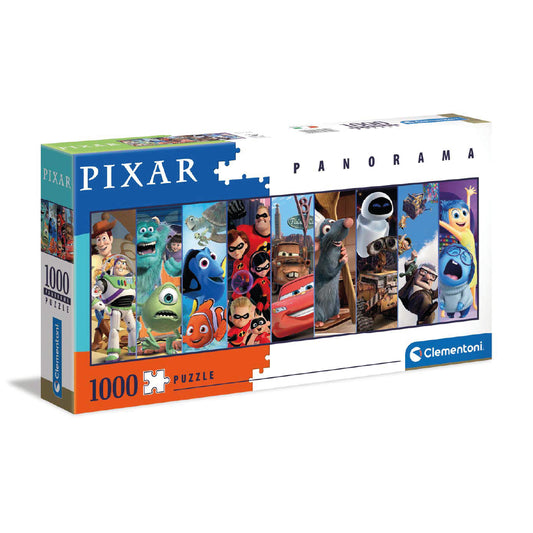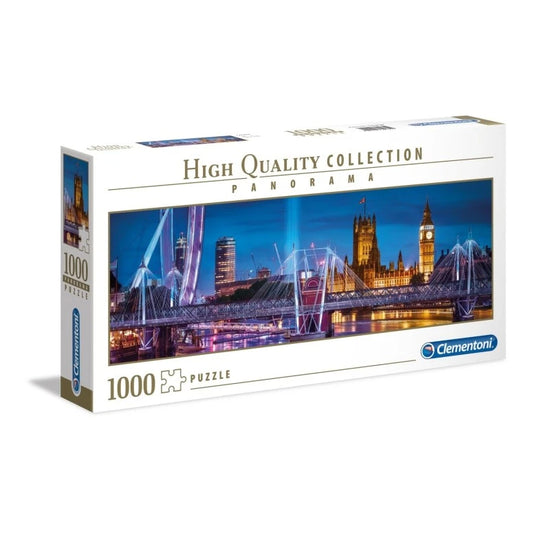
Few toys can stimulate children's minds as much as puzzles. From the earliest years of life, a good puzzle can capture attention, challenge reasoning, and provide a sense of achievement that lasts a lifetime. They're no longer just cardboard pieces scattered across the living room carpet: there are puzzles adapted to all ages, interests, and learning styles.
The fascination begins early. Around 12 months, many babies show a natural curiosity about fitting shapes and pieces together. As their fingers gain dexterity and their eyes practice discerning detail, the satisfaction of fitting the right piece into the right place is a small triumph. But don't think that puzzles are just for entertainment. They pave the way for essential skills like problem-solving, perseverance, visual memory, and even self-esteem.
Anyone who's ever played puzzles knows how varied they can be. Made of wood or cardboard, embossed or smooth, featuring images of animals, vehicles, maps, movie characters, or works of art. The current market offers innovative solutions, some even with digital components to complement the traditional experience.
Different Types of Puzzles for Kids
Selecting a suitable puzzle depends on several factors. Age is perhaps the most important. But interests, difficulty level, and materials should also be considered. Here are some popular examples:
- Simple fitting puzzles : widely used with children up to 3 years old, they have large, easy-to-grasp pieces and attractive images.
- Progressive puzzles : come in sets of several puzzles, each with a different number of pieces, allowing for a natural progression in difficulty.
- Magnetic puzzles : ideal for travel or to avoid losing pieces. Easy to handle, they're very appealing to younger children.
- 3D Puzzles : For those looking for an innovative challenge, these allow you to assemble three-dimensional structures, often replicas of monuments or buildings.
And let's not forget the themed puzzles, which explore dinosaurs, world maps, space, musical instruments, and many other themes capable of fueling children's curiosity.
Cognitive and Emotional Benefits
Puzzles aren't just a fun pastime. They have remarkable effects on several areas of child development:
| Competence | How it works with puzzles |
|---|---|
| Motor coordination | When fitting pieces together, using fingers and hands |
| Visual memory | Identifying patterns, colors and shapes |
| Troubleshooting | Reflecting on different possibilities |
| Language | Increasing vocabulary with varied topics |
| Perseverance | Retrying after errors |
| Collaboration | Working together with siblings, friends or family |
Furthermore, concentration and patience benefit when a child spends more than half an hour focused on completing a picture. This type of entertainment often has therapeutic value. It helps calm anxious children and facilitates focus during times of increased distraction or impulsivity.
How to Choose the Right Puzzle
When entering a store, whether physical or online, the sheer selection can be confusing. Here are some questions to keep in mind when choosing:
- Does the child already have experience with puzzles?
- Do you prefer specific themes (animals, cars, princesses, football)?
- Do you have a tendency to lose things or chew on objects (relevant for choosing suitable materials)?
- Looking for solutions to keep your kids busy for a long time or just for short breaks?
Wooden puzzles are great for early childhood, being more durable and difficult to swallow. Cardboard puzzles, lightweight and easy to store, tend to feature a greater variety of images and themes for older children.
It's also important to consider the space available at home and the time you can dedicate to the activity. Some puzzles can have over a thousand pieces and require several sessions to complete.
Adjust the difficulty
Every child is unique. Instead of choosing based solely on the number of pieces, observe their reactions during assembly. A child may become demotivated if the challenge is too great. Success, even when hard-won, is always sweeter when it's within reach.
A practical guide to adjusting difficulty:
- 1 to 3 years : puzzles with 2 to 8 pieces, large and robust, often with pegs for gripping.
- 3 to 6 years : puzzles of 10 to 36 pieces, with familiar images and colorful drawings.
- 6 to 9 years old : puzzles of 50 to 100 pieces, with the possibility of introducing more complex themes and different formats.
- From 9 years old : more complex challenges, with 250 or more pieces, including 3D and themed puzzles.
It's rewarding to see the confidence with which a child tackles a new puzzle after having overcome previous, simpler stages.
Strategies for a Positive Experience
Establishing puzzle routines can completely transform family dynamics. Here are some suggestions to enhance these moments:
- Provide a table or mat just for puzzles, especially when the challenge is longer and takes several days.
- Encourage careful observation of details by showing how colors and patterns help find the right place for each piece.
- Hold family sessions, alternating who places the next piece, to promote cooperation and sharing.
- Value the effort, not just the result. Racking your brains is part of the process.
Some families like to frame finished puzzles, encouraging children to feel proud of their work. Others prefer to undo them and save them to repeat another day, training their memory and reasoning skills again.
Digital Puzzles: The New World
With technology increasingly taking up space in children's daily lives, digital puzzles on tablets and computers are all the rage. Many apps allow you to adjust the number of pieces, save progress, and experiment with animated illustrations. Some examples:
- Puzzle apps with sounding animals: when the child fits the lion or elephant together, they hear the corresponding sound.
- Online educational games with puzzles about the alphabet, numbers, planets, and healthy foods.
- Collaborative platforms where several children can assemble the same puzzle remotely.
Despite the advantages, it's important to ensure a balance between the digital and the physical. The feel of the pieces, the smell of the wood, and the tactile challenge remain irreplaceable for most.
The Role of Adults
Some children prefer to complete puzzles alone, while others rely on encouragement from parents, siblings, or grandparents. Adult support, whether with tips or simple company, increases enthusiasm and limits frustration.
So, it might be useful:
- Propose breaks when fatigue begins to show signs
- Refocus your attention on other types of puzzles if you get bored.
- Turning difficulties into opportunities to teach persistence and the value of trying again and again
The connection created around a puzzle goes beyond the game itself. It becomes an opportunity to talk, laugh, share memories, or create new family traditions.
Puzzles at School and in Group Activities
Preschool and primary school teachers are well aware of the value of puzzles in educational settings. These activities promote mutual support, respect for rules, and recognition of differences in pace among peers. They are easy resources to integrate into any pedagogical plan.
Even in waiting rooms or at social events for children, a good puzzle brings people of different ages together, reveals tastes and temperaments, and livens up long periods of screen-free play.
Turn a Simple Activity into a Magical Moment
Ultimately, puzzles are the perfect excuse to spend quality time with the ones we love. A challenge that fits in a box, but that allows us to grow and learn with each piece we put together.
With so many options available, there's a puzzle for every child, at any stage. There's no childhood without those moments of surprise when, suddenly, everything fits together.

